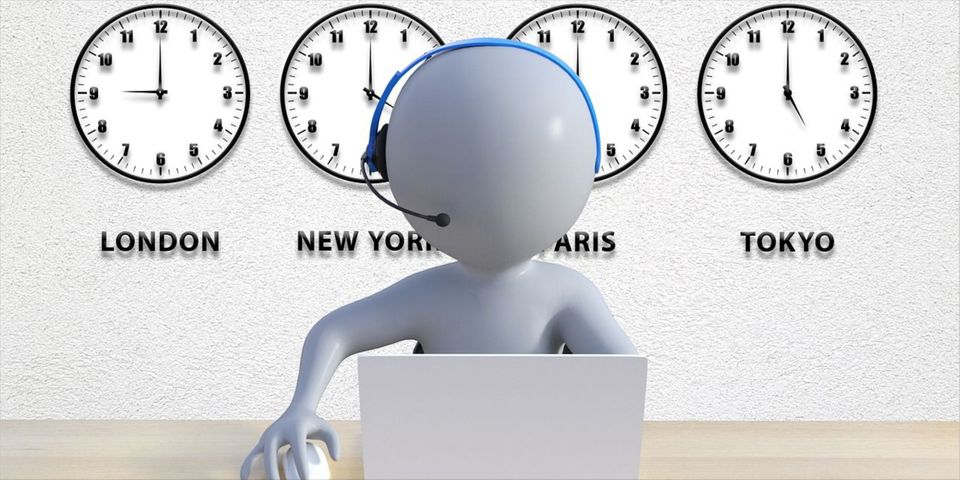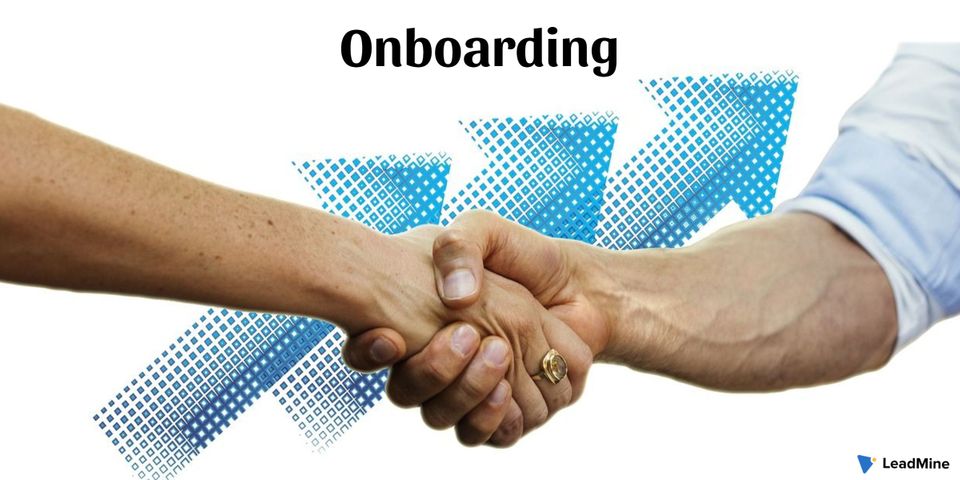Customer expectations, business goals, and cultural trends have combined all together and compel businesses to give priority to customer success. While giving importance to a company's growth and success, a lot of confusion came up around how to make sure customers are successful, how customer success differs from other functions like customer support.
We will go over the following:
- What is Customer Success?
- Why Customer Success is Important?
- Customer Success vs Customer Support
- 5 Best Practices to Succeed the Customer Success
- Conclusion
What is Customer Success? 😓
Customer success or customer success management is the business strategy to make sure that your customers achieve success, which means their desired outcomes while using your product or service. Effective customer success method results in decreasing customer churn rate and increases sales opportunities.
The goal of customer success is to make the customer as successful as possible, which will improve customer lifetime value (CLV) for the company. Customer success is neither a long-term undertaking nor magic. It is a challenge for your organization and requires you to rethink how every department operates and interacts with customers.
Customer success is a department that is focused on sales activities like customer onboarding and product training, retention, and account expansion but it different for each company.
It is a solution to the core issues of generating lead, retention, and expansion. In general, customer success is an integration of activities and functions of sales, marketing, training, professional services, and support.
The ultimate goal of customer success is to maintain the company's profitability and growth. And the method is to make your customer as productive and profitable as possible.
Why Customer Success is Important? 🤩
Customer success leads to business success and profitability. It improves customer happiness and loyalty by helping customers to succeed which makes your customers your biggest promoters and advocates. Customer success helps from the bottom line as it reduces churn rates, improves renewal and customer satisfaction, and boosts revenue.
It has the power to help you grow your customer base and boost renewal rates if you are running a subscription-based business. But customer success is beneficial for every business, not only for subscription-based businesses or SaaS businesses.
Customer experience statistics show that for every customer who reaches out to customer support, 26 out of 100 customers with an issue don’t reach out. Those are the customers you may lose if their issue isn’t fixed and research also shows that 91% of customers who don’t complain simply turns into the churn.
Customer Success vs Customer Support 🥊
Both customer success and customer support work together to provide a supportive approach to customer care.
Here are a few differences they have:
- Reactive vs Proactive 😎
Customer support is generally a reactive approach that helps customers once they need a solution for an issue. While customer success is a proactive approach that focuses on identifying and facilitating the customer to reach their goals.
- Transactional-oriented vs Relationship-oriented 🤝
Customer support is generally transactional, which begins when a customer reaches out and ends up on a resolution to their request towards your product or service. While customer success doesn’t have an endpoint, it will evolve and consistent focus on work to build an existing relationship to further the bond between the customer and the company.
- KPIs and Metrics 🤗
Customer support focus on measuring and improving both the speed and quality of support interactions. This type of measurement typically doesn’t consider events prior to or after the support interactions. While customer success is interested in the downstream positive impacts those interactions may have on a successful customer such as higher LTV (Loan-To-Value), improvement in retention rates, and increase in repeat purchases.
- Hiring and Recruiting 😇
Customer support is a field over 20 years old, strategies and best practices with regards to hiring are well-established. While customer success is 10 years and much young to the business world. We still don’t have the depth and breadth of knowledge to provide us with a definitive and implement customer success.
- Measurable ROI 🥴
Customer support is a standardized cost necessary for normal business operations for most organizations. Id customer support channels break down, it is a nightmare and failure to provide support, staff training, and service teams results in loss of customer satisfaction ratings, retention rates, LTV, and referrals.
While customer success is a lesser understood initiative. With leadership and finance, you can able to push hard to those involved to provide customers with demonstrable returns on efforts and investments into success initiatives. Customer success can be measured by service or product usage, the volume of referrals, an increase in revenue, and an increase in retention rates.
5 Best Practices to Succeed the Customer Success in Your Company 🧐
Nevertheless, of the scope and size of your customer success team, there are a handful of best practices that will help you to make sure the benefit of customer success.
#1 Prioritize the Customer Success 🙂
Whether you have a dedicated customer success team or not, it is important to have an emphasis on helping customers succeed across the organization. From sales and marketing, customer success must be a goal and a priority for every member of your existing customer success team.
Customer success is an organization-wide effort, that prioritizes your customers and their needs into the culture of your company. The simplest way to make that happen is to start in the early stage of your company, from the very outset of your business.
#2 Better Understanding of Your Customers Success 😇
Effective customer success teams let their customers tell them what success really means to them. Success with your product or service will look differently to each customer, so it is better to let their definition lead you.
The definition of success explains by the customer and should be the goal of the customer success team, not what your company defines it.
#3 Set Customers Up for Success 😄
Customer success starts from the moment someone becomes your customer. Customers with proactive and high-touch onboarding make sure those new customers get started on the right foot to the right path.
That includes setting up the product to provide a solution to their needs, learning how to use the features they need, and getting comfortable with using the product more generally. A little extra training during the onboarding process can help eliminate a lot of issues from reaching the customer support team.
#4 Track Key Customer Metrics 🤔
Customer success is a data-driven goal. Within dedicated customer success teams and across other teams in the organization that can be true. Prioritizing and sponsoring customer's success comes down to tracking the right customer metrics and sharing that data across other teams.
Here are a few key customer metrics that worth tracking:
- Customer Lifetime Value (CLV)
- Repeat Purchase Rate
- Customer Retention Rate
- Churn Rate
- Customer Retention Cost
- Customer Satisfaction Score
- Net Promoter Score
- Customer Effort score
#5 Build a Customer Feedback Look 🙌
Customer success isn’t a one-time project that carries over from one customer to the next customer. It is one of your goals that needs constant updates and refines to serve customers and keep up with a product changing.
Creating a feedback loop that continuously brings in real customer feedback is the best way to stay up-to-date on changes and make sure that you can remain proactive for the long-term.
Conclusion
Most successful businesses are those that ensure the continued happiness and success of their customers. By creating a customer success program at your company, you can make sure that your customers feel supported throughout their time working with your business. And you will turn them into loyal advocates of your business.
It allows you to grow sustainably all while building long-term relationships with your customers.
Do share your thought with us at LeadMine.





